Assuming you have access to only one database at the hosting company (which is almost always the case, at least with a certain username/password), you can avoid the need to use the dropdown at all by setting your registered server to default to the database you're supposed to access:

(It may take longer here, too, but this will be one-time. You can also type it instead of waiting for the list to populate.)
This way, even if the login the host created for you routes you to tempdb or something by default, Management Studio will still put you in the context of your database.
I see now that you are talking about the Object Explorer node, not the "Use database" dropdown that I somehow interpreted incorrectly. An exercise to try might be to highlight the databases node (don't expand it) and click on F7 (Object Explorer Details). If this loads for you then it can be an alternative to navigate through the hierarchy and, as a bonus, you can show lots of entity attributes here and also multi-select, two things you have no control over in Object Explorer.
If that doesn't help, then your host should be helping you better than they appear to be. If SSMS 2012 is supported then they should be able to test this in SSMS 2012 and confirm or deny that they can reproduce it. If it is not supported then I think your recourse is to install SSMS 2008 as well (they can co-exist) and use it for managing this specific server.
Of course, just about anything that you can do in Object Explorer (and plenty of things you can't), you can do by using the catalog views and/or DMVs. So before you determine what to do, you may want to review (or share with us) exactly what you are using Object Explorer for - if there is a way to do it without Object Explorer, you might like the workaround better than having two versions of the tool (since the improvements in 2012 SSMS have absolutely nothing to do with Object Explorer).


